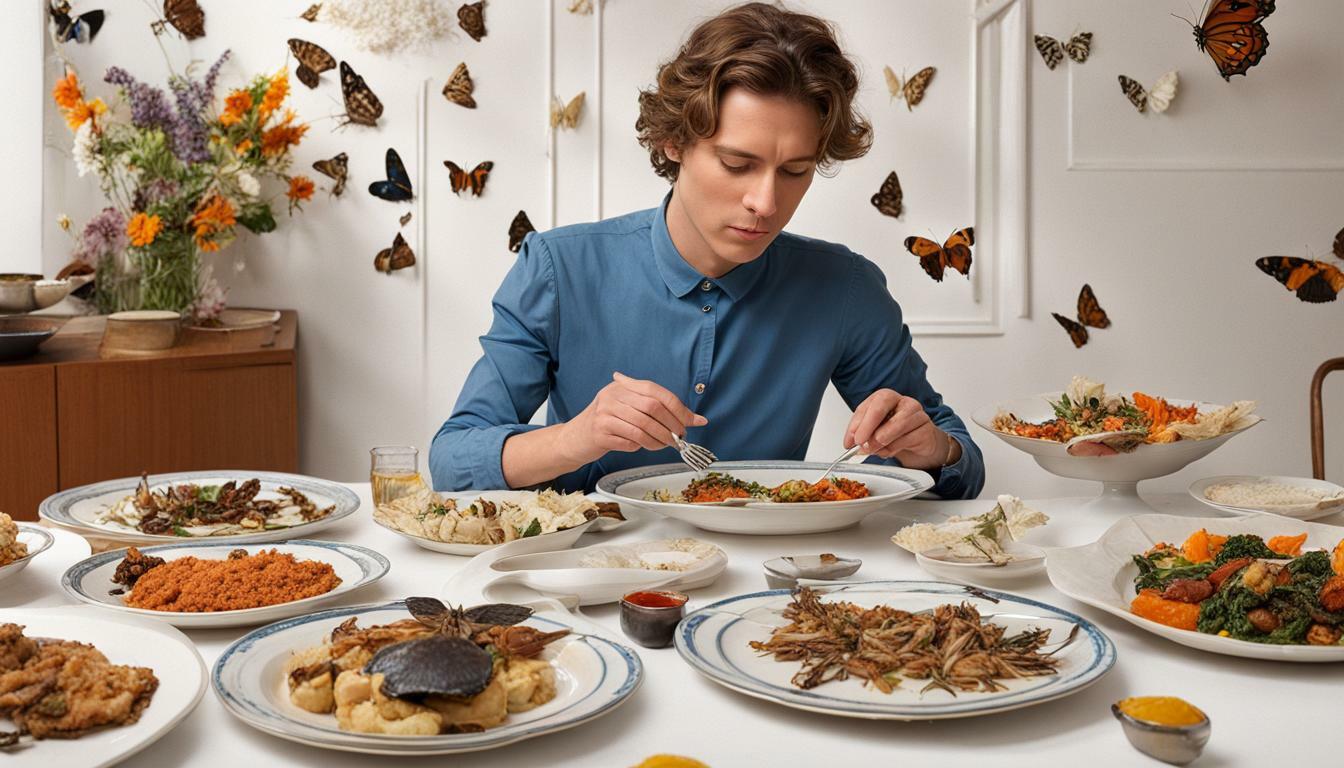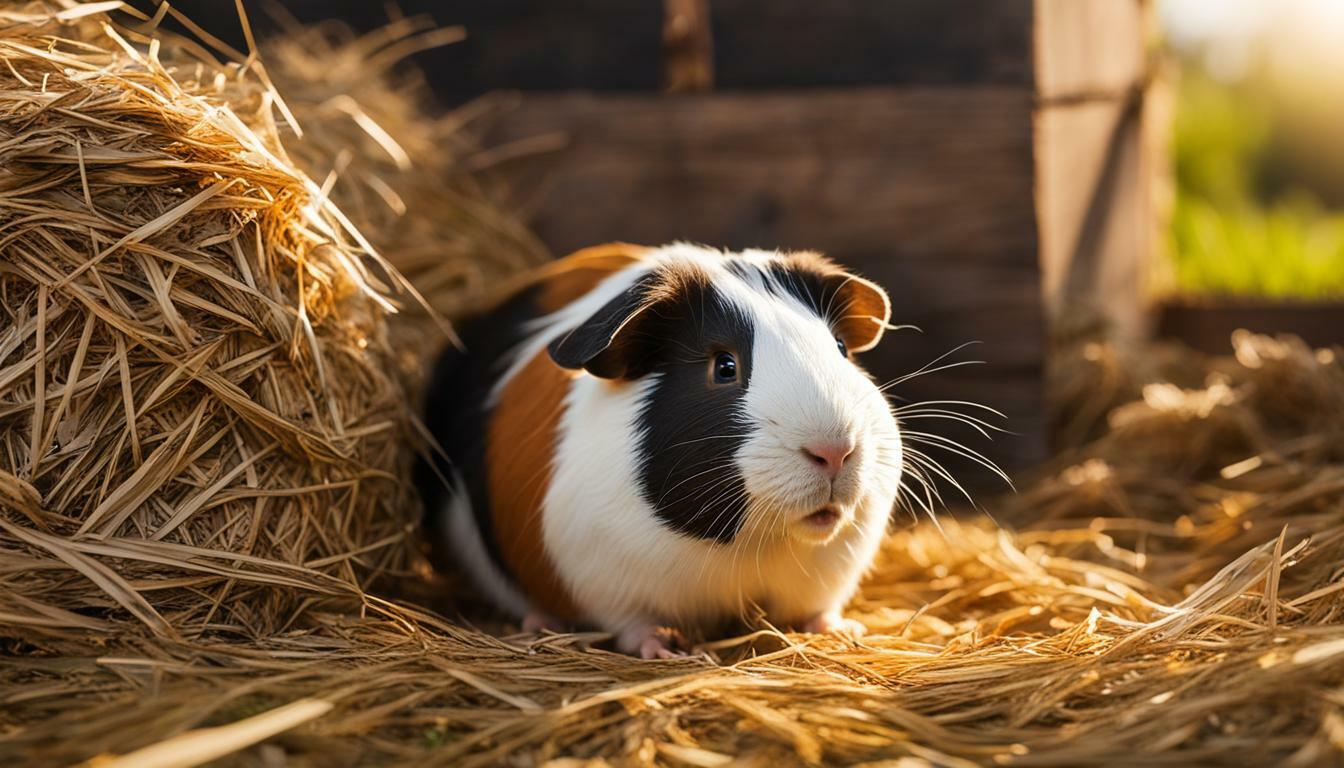Do People Eat Butterflies? Exploring Unusual Diets

Table of content:
Eating butterflies may seem unusual, but some cultures around the world do consume butterfly delicacies. Butterflies can be edible, though safety and legal issues should be considered.
Key Takeaways on Butterflies as Food
- Butterflies provide protein, fat and nutrients, making them edible. Pupae and larvae are preferred.
- Taste varies by species and preparation but often nutty and umami. Remove scales/hairs.
- Consumed in parts of Asia, Africa, South America. Respect cultural traditions.
- Cook properly to avoid risks like parasites. Be cautious of toxins in some species.
- Know local laws, only harvest sustainably and humanely. Support butterfly farms.
- With openness to entomophagy, butterflies can be an eco-friendly, nutritious food source.
Are Butterflies Edible?
Butterflies are edible for humans. The entire insect is edible including the wings, head, thorax, abdomen, and legs.
However, most cultures eat the pupae and larvae (caterpillars) which are higher in fat and protein compared to the adult butterfly. The pupae especially are an excellent source of calories and nutrients.
Nutrients in butterflies include:
- Protein: Butterfly pupae can contain up to 60% protein, making them a nutritious protein source.
- Fat: Butterfly pupae also contain significant amounts of fats and fatty acids.
- Vitamins and minerals: Butterflies provide niacin, riboflavin, pantothenic acid, calcium, iron, and zinc.
So in terms of nutritional content, butterflies can be an excellent addition to the human diet.
What Do Butterflies Taste Like?
The taste of butterflies varies by species and preparation method. However, here are some common descriptions of butterfly flavor:
- Caterpillars: When eaten whole, caterpillars taste mild with a nutty or buttery flavor. The hairs are bitter tasting and should be removed before eating larger caterpillars.
- Chrysalis/Pupa: Butterfly pupae have been described as tasting like mushroom, spinach, and bone marrow. The taste varies by diet of the caterpillar before pupating.
- Adult butterflies: Adult butterfly wings taste mild or slightly sweet. The bodies have a subtle nutty flavor when cooked thoroughly. Certain spices enhance their natural taste.
Overall, butterflies contain high amounts of protein and fat like other edible insects. Cooking and seasonings can bring out more savory, umami or nutty notes depending on the species.
Is Eating Butterflies Safe?
Eating butterflies is generally safe in moderation, but there are some health risks to consider:
- Allergies: Those allergic to other insects should avoid butterflies. Cross-reactivity is common.
- Pesticides: Eat only organic, pesticide-free butterflies not exposed to lawns/gardens.
- Parasites: Butterflies can carry parasites if eaten raw. Cooking eliminates this risk.
- Toxins: Some butterflies sequester toxins from host plants. Know which species to avoid eating.
Proper cooking of the right butterfly species eliminates most health risks beyond allergies. Only eat properly identified butterflies from reputable source.
How Are Butterflies Prepared?
Butterflies require special preparation to cook safely and bring out the best flavors:
- Removing scales/hairs: Scales can be abrasive and need removal before cooking adult butterflies. Some cultures remove the wings and legs as well.
- Boiling: Boiling or steaming is common for cooking pupae and caterpillars to tenderize and kill potential parasites.
- Frying/Sautéeing: Butterflies can be fried or sautéed as whole or ground into a paste for dishes.
- Roasting/Baking: Butterflies taste great when baked or oven roasted adds deeper, toasted flavors.
- Spices and marinades: Spices like garlic, chili, turmeric, paprika add flavor. Marinades tenderize adult butterflies.
- Skewers: Threading butterflies or pupae onto skewers makes them easy to cook.
- Broths and sauces: Ground or whole butterflies can be used to flavor broths and sauces.
- Raw: Most cultures cook butterflies but they can be eaten raw in some cases when very fresh.
Following traditional preparation methods of cultures that regularly eat insects ensures butterflies are cooked for flavor and safety.
What Cultures Eat Butterflies?
Butterfly consumption occurs in various cultures globally:
- Asia: Eating butterflies occurs in China, India, and parts of Southeast Asia. Street vendors may sell fried butterflies or pupae.
- Africa: Parts of Southern and Central Africa eat caterpillars and pupae seasonally as an important source of nutrition.
- South America: Tribes in the Amazon eat certain butterfly species and their larvae.
- Mexico: Butterfly eggs are eaten in some regions of Mexico as a delicacy.
- United States: consuming monarch butterfly pupae and larvae was practiced by some Native American tribes.
Butterfly-eating cultures view certain species as delicious, nutrient-rich foods rather than seeing butterflies only as decoration or entertainment. Respecting traditions helps bring awareness to entomophagy.
Are There Butterfly-Based Recipes?
Butterflies can be used in various recipes and dishes:
- Butterfly egg omelets
- Butterfly pupae boiled, fried rice
- Crispy roasted butterfly wings
- Butterfly skewers with mushroom
- Butterfly pupae tempura
- Spicy stir-fried caterpillars
- Butterfly biscuits or pancakes
- Butterfly and vegetable soup stew
- Chocolate spiced butterfly larvae cake
The species chosen and preparation technique greatly impact flavor. Blending with spices, vegetables, rice or making into dumplings allows the subtle butter flavor to come through.
Recipes should specify the exact edible species used, as some butterflies are toxic. Always verify before substituting even similar looking species.
Is Eating Butterflies Legal?
The legality of eating butterflies depends on the:
- Species: Protected species are illegal to harvest and eat. Other common species have no restrictions in most countries.
- Location: Harvesting certain species may be limited by seasons or locations even if legal to eat when farmed properly.
- Pesticides: Cannot harvest butterflies from gardens/parks with pesticide use. Must use reputable insect farms.
- Trade restrictions: Importing or exporting some butterfly species is restricted.
It is critical to know your national laws and restrictions before harvesting any butterflies from the wild. Sourcing farmed insects for consumption is safest for supply and legality.
While eating butterflies is an unfamiliar concept to many Western cultures, they are a traditional food in other global cultures and provide essential nutrition. With proper education on risks, preparation techniques and sustainable harvesting, butterfly cuisine can persist as a unique part of human culinary heritage.
Welcome. I’m Adreena Shanum, the proud owner of this website, and I am incredibly passionate about animals, especially poultry. I founded adreenapets.com as a labor of love, stemming from my desire to share my knowledge and experiences with poultry enthusiasts worldwide.




